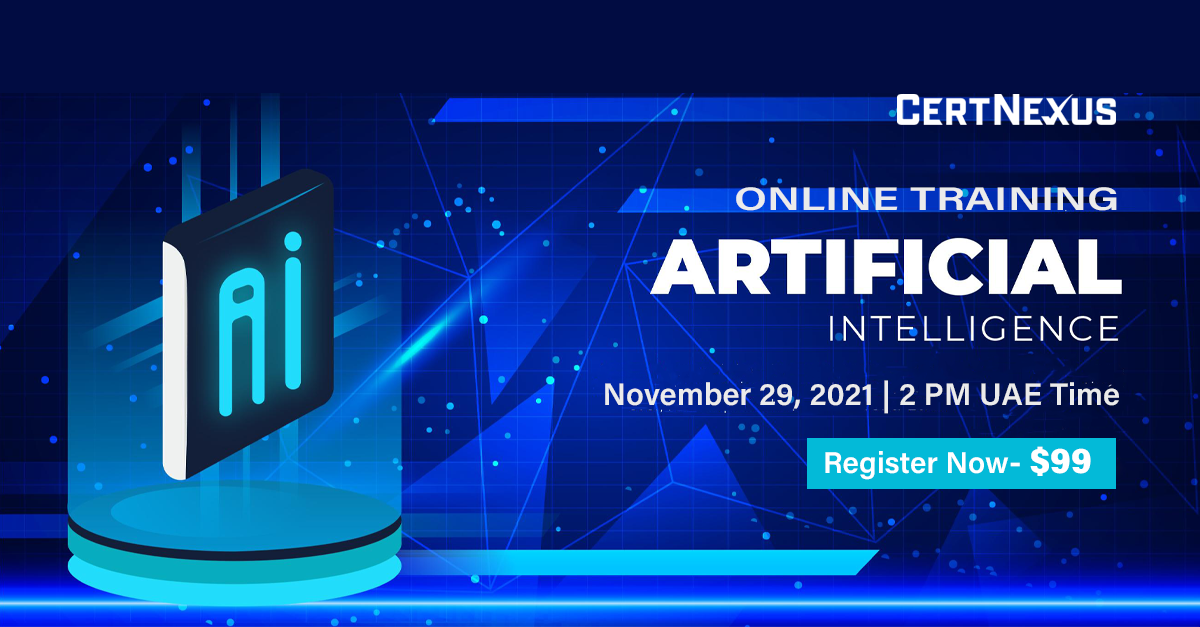Application dependency mapping (ADM) visualizes critical relationships across the IT stack. ADM tools automatically discover, generate, and update a centralized repository of application, service, and device relationships and dependencies, whether they are running on-premises on physical machines, on virtual machines, or in the cloud.
ADM tools for IT environments can be stand-alone solutions, or they can be integrated into configuration management database tools (CMDBs), enabling teams to evaluate the impacts of making changes and configurations. Either way, ADM helps IT teams bring clarity and control to network management processes.
This article explores:
- Key ADM use cases: This section discusses how ADM enables use cases such as cloud migration and optimization, disaster recovery and business continuity, performance monitoring and troubleshooting, security and compliance, and application rationalization and modernization.
- ADM best practices: This section covers best practices for migrating to the cloud with ADM and improving ADM processes at organizations.
- Key considerations and challenges with ADM: Teams will want to consider issues such as infrastructure complexity, documentation, data privacy and security, resource allocations, and skillset requirements to ensure successful ongoing use of ADM tools.
This information will enable teams to evaluate the business opportunity for using ADM, demonstrate how ADM capabilities improve critical processes, and set up processes to make ADM successful at their company.
Use Case 1: Cloud Migration and Optimization
Many companies are accelerating their path to the cloud. Currently, organizations have about half (52%) of their environment in the cloud and half (48%) on-premises. However, two-thirds (65%) default to cloud services when they upgrade or purchase new capabilities.
Teams use an ADM tool to reveal upstream and downstream dependencies that should considered before modernizing or replacing applications. Teams can use data to plan cloud migrations, forecast future growth, and identify little-used end-of-life solutions for decommissioning. Doing so enables teams to gain cloud flexibility and scalability while reducing costs.
Best practices for ensuring a successful cloud migration with ADM include:
- Assessing and prioritizing: Teams should discover applications and workloads to determine whether they should move them to the cloud. They can then prioritize applications for migration by their complexity, dependencies, and projected business value. Teams will often begin these programs with applications that have fewer dependencies but high business value to gain experience they can leverage when performing more complex migrations in the future.
- Mapping dependencies: By automating dependency mapping, teams reveal the relationships among applications, servers, and other components in their companies’ IT infrastructure.
- Planning and designing initiatives: Teams will develop a comprehensive migration plan with desired technical and business outcomes as they design target cloud architectures. The plan should provide a vision state, roadmap, and stakeholder collaboration and communications plan. It should also outline how IT teams will ensure the scalability, security, performance, and compliance of new applications.
A leading CMDB with ADM capabilities enables teams to use dependency information to build move groups around core infrastructure services automatically. Then, the cloud recommendation engine combines this information with resource utilization data gathered from workloads, offering custom-tailored migration target instance sizing suggestions with pricing. Next, the CMDB documents the migration, while Webhooks power automation, empowering IT teams to complete tasks such as automating server builds. - Selecting the right provider and services: IT teams should select the cloud provider that best aligns with their technical and business requirements. They’ll want to consider cloud providers’ service offerings, compatibility, security, compliance, pricing, support — and customer case studies and reviews.
- Implementing robust security measures: Teams should use ADM data to make sure they are encrypting data in transit and at rest and implementing strong access controls, authentication, and network security measures.
Source: https://www.device42.com/blog/2023/11/22/top-use-cases-and-best-practices-for-application-dependency-mapping/






